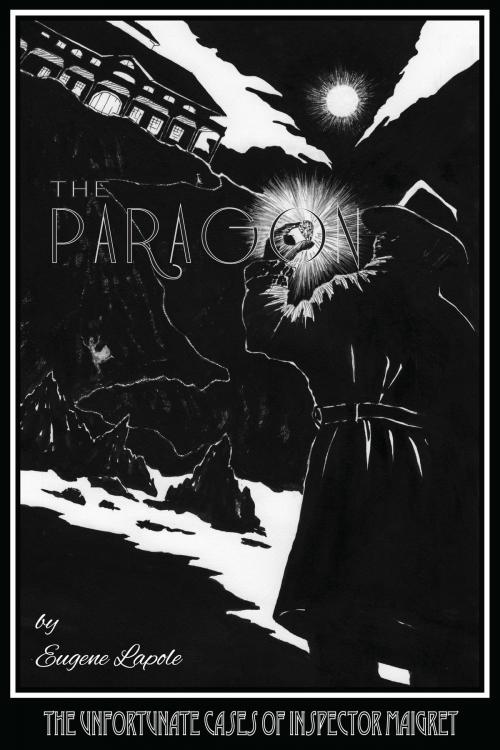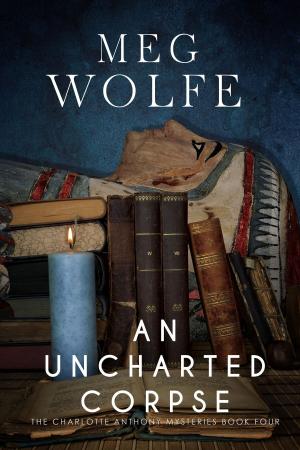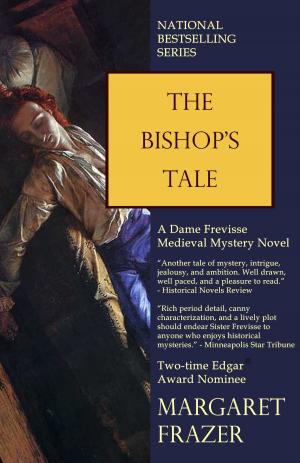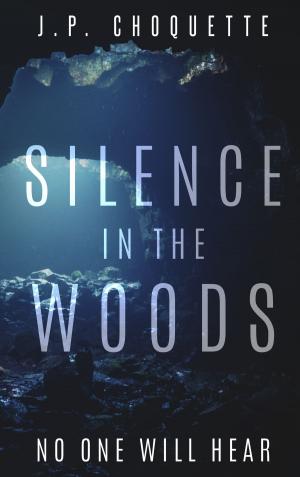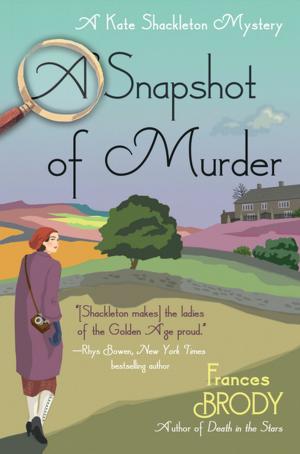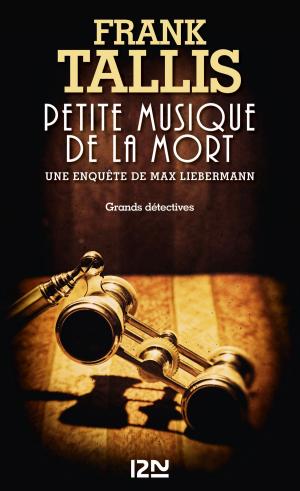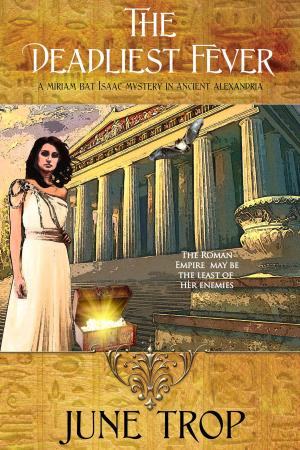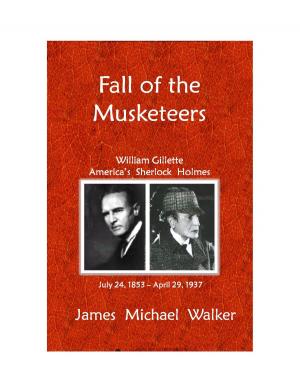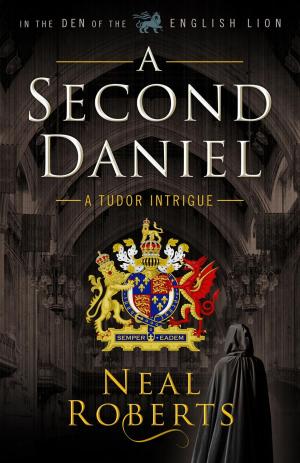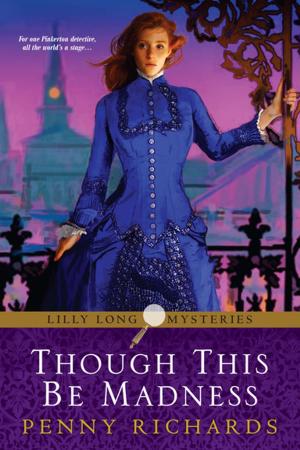| Author: | Eugene Lapole | ISBN: | 9781311108388 |
| Publisher: | Eugene Lapole | Publication: | May 24, 2015 |
| Imprint: | Smashwords Edition | Language: | English |
| Author: | Eugene Lapole |
| ISBN: | 9781311108388 |
| Publisher: | Eugene Lapole |
| Publication: | May 24, 2015 |
| Imprint: | Smashwords Edition |
| Language: | English |
The Paragon, as the first story written, shows only some of the features and interests that underlie the style of writing. As the stories progress what is revealed about the various characters changes and they become increasingly more complex and interesting in their motives. This interest becomes increasingly apparent after the first dozen stories. While the mystery is intriguing, ultimately character is paramount. Each story contains either some history or science that is accurate for the times and hopefully made interesting to the general reader. The stories are set between the two Great Wars so that many of the modern conveniences of solving mysteries are not available to Maigret. He has to reason through his cases and any research needed is much more laborious than a Google hunt. In presenting these stories it is usual for the author to tell more than one story at the same time or to tell one story from several different time lines in an effort to create the effect of the serial and the cliffhanger, that were once popular in weekly shorts shown in cinemas and still around when the author was a child. Every effort has also been made to make the stories seem reasonable and real. The reader is to feel these stories could actually happen. There are no red herrings, there are no convoluted plot distortions that plague many detective stories.
If you have comments and constructive criticism you can contact the author at riyadhbawa (one word, small letters) at using the at symbol (@), gmail.com. It is very difficult to proof read your own work. If you propose a correction the author will consider it. In constructive criticism the author is interested in why you liked or disliked the story, what was most interesting or intriguing in the story and how the method of telling affected your perception of the story. Do a good job and the author will send you a free story by way of a thank you.
Reading draws the curtains on unimagined worlds into which the reader steps and briefly gets to live the lives of those who come to tell their story. All great stories need to please and gratify the needs and wants of readers. I only seek to briefly please.
The Paragon, as the first story written, shows only some of the features and interests that underlie the style of writing. As the stories progress what is revealed about the various characters changes and they become increasingly more complex and interesting in their motives. This interest becomes increasingly apparent after the first dozen stories. While the mystery is intriguing, ultimately character is paramount. Each story contains either some history or science that is accurate for the times and hopefully made interesting to the general reader. The stories are set between the two Great Wars so that many of the modern conveniences of solving mysteries are not available to Maigret. He has to reason through his cases and any research needed is much more laborious than a Google hunt. In presenting these stories it is usual for the author to tell more than one story at the same time or to tell one story from several different time lines in an effort to create the effect of the serial and the cliffhanger, that were once popular in weekly shorts shown in cinemas and still around when the author was a child. Every effort has also been made to make the stories seem reasonable and real. The reader is to feel these stories could actually happen. There are no red herrings, there are no convoluted plot distortions that plague many detective stories.
If you have comments and constructive criticism you can contact the author at riyadhbawa (one word, small letters) at using the at symbol (@), gmail.com. It is very difficult to proof read your own work. If you propose a correction the author will consider it. In constructive criticism the author is interested in why you liked or disliked the story, what was most interesting or intriguing in the story and how the method of telling affected your perception of the story. Do a good job and the author will send you a free story by way of a thank you.
Reading draws the curtains on unimagined worlds into which the reader steps and briefly gets to live the lives of those who come to tell their story. All great stories need to please and gratify the needs and wants of readers. I only seek to briefly please.
